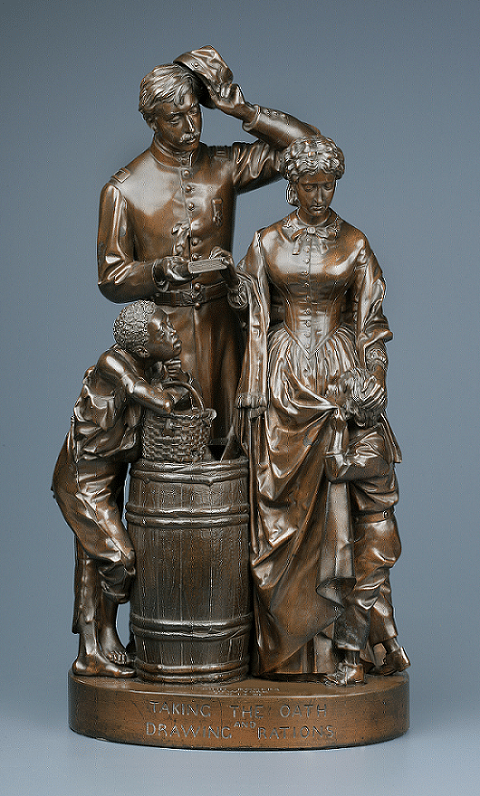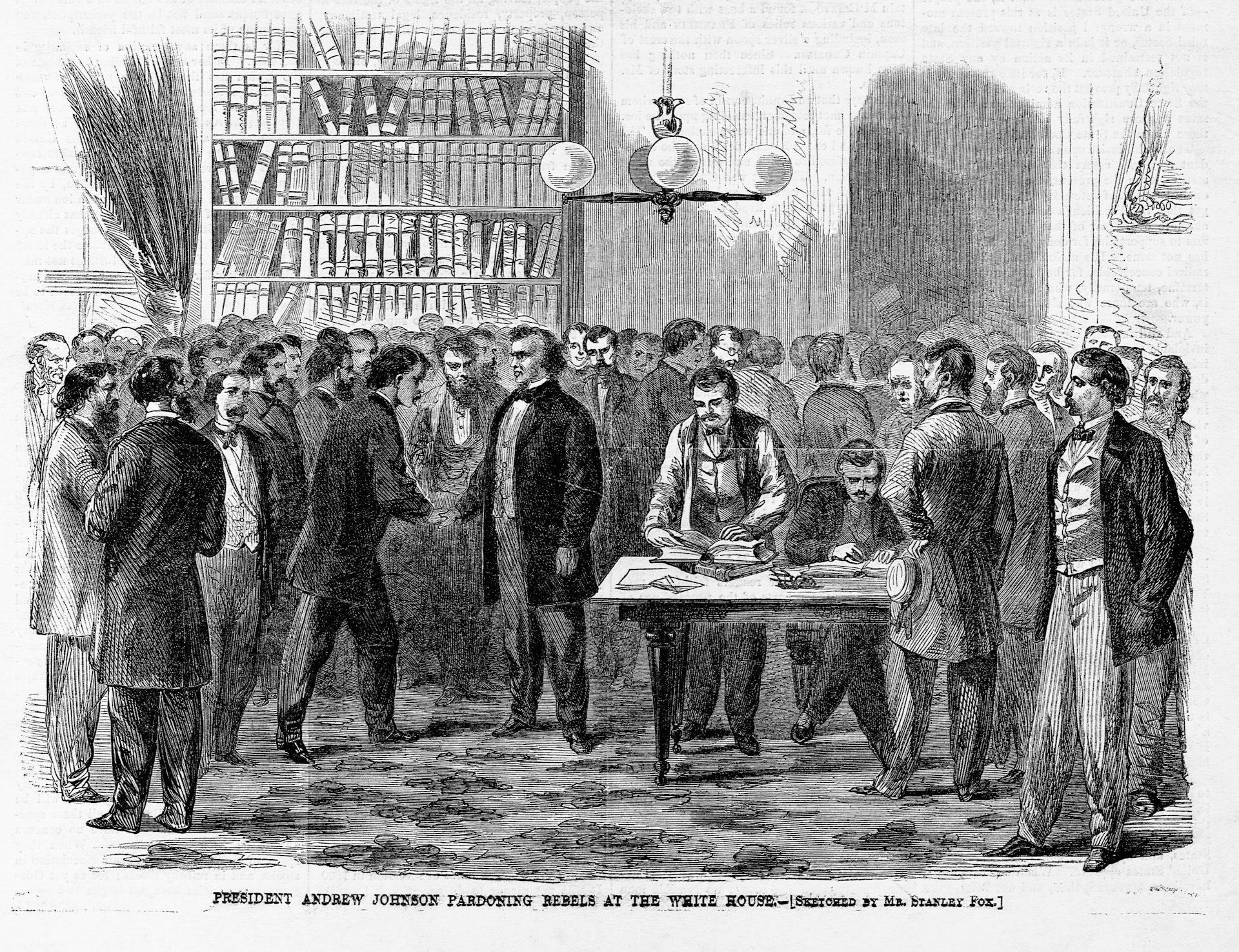



These officials were then to ensure that every male over 18 (and some women) took the oath and had their names recorded, usually in February to March 1641/1642. Parliament initiated it in May 1641 when members themselves took it, and the next year ministers, churchwardens, constables and overseers of the poor took the oath before justices of the peace. Pearl (1992) calls it the greatest vote of no confidence in an English King since John and the Magna Carta (1215). The first and largest of these was the Protestation Return, which was an oath of loyalty to the new Protestant Parliament although ostensibly to king Charles I. The unrest and tension leading up to and during the Civil War caused a number of lists concerning the religious persuasion and loyalty of subjects to be made. These oaths acknowledged Elizabeth (or whomever was the reigning monarch) as supreme governor of the church and was demanded of all ministers, judges, graduates and mayors. The diocesan Subscription Books contain the records of those subscribing, an example being those for Norfolk 1637-1800 in a book edited by Carter (1937), but with a separate personal name index on FS Library film 0453023 enabling access through the Request for Photocopies form. Subscription is still required of the clergy but since 1865 only a general affirmation rather than assent to each article separately. Documents showing the lengthy articles can be found in archives I found one on a Leicestershire FS Library film 1469785. Persons required to subscribe were the clergy, schoolmasters (to 1850), parish clerks (to the end of the 19th century), sextons, and until about 1750 some physicians, surgeons and midwives. Thirty Nine Articles of Faith of 1571 įinalized in 1571, these doctrinal statements defined the position of the reformed Church of England on a number of matters of faith and order. The most commonly found records with their general dates are as follows, and Cannon (The Oxford Companion to British History, 1997) and TNA research guide D4 should be consulted for further information: Persons required to swear oaths of loyalty were those holding civilian public office or in the armed services, thus such documents help to identify members of certain professions, occupations and religious groups. Researchers will come upon various documents containing oaths of loyalty to the crown and to the Church of England from the 16th to the 19th centuries, but particularly during the civil war and inter-regnum and after the restoration of the Stuart monarchy. 2 Thirty Nine Articles of Faith of 1571.


 0 kommentar(er)
0 kommentar(er)
